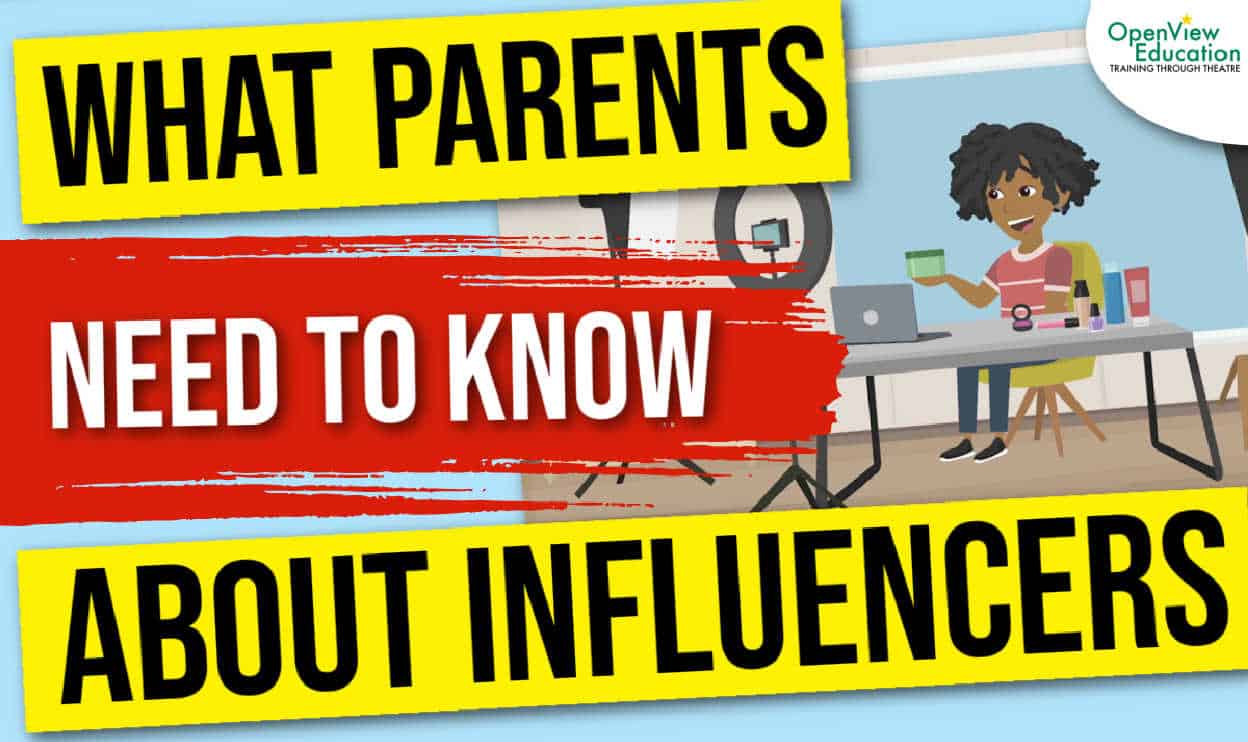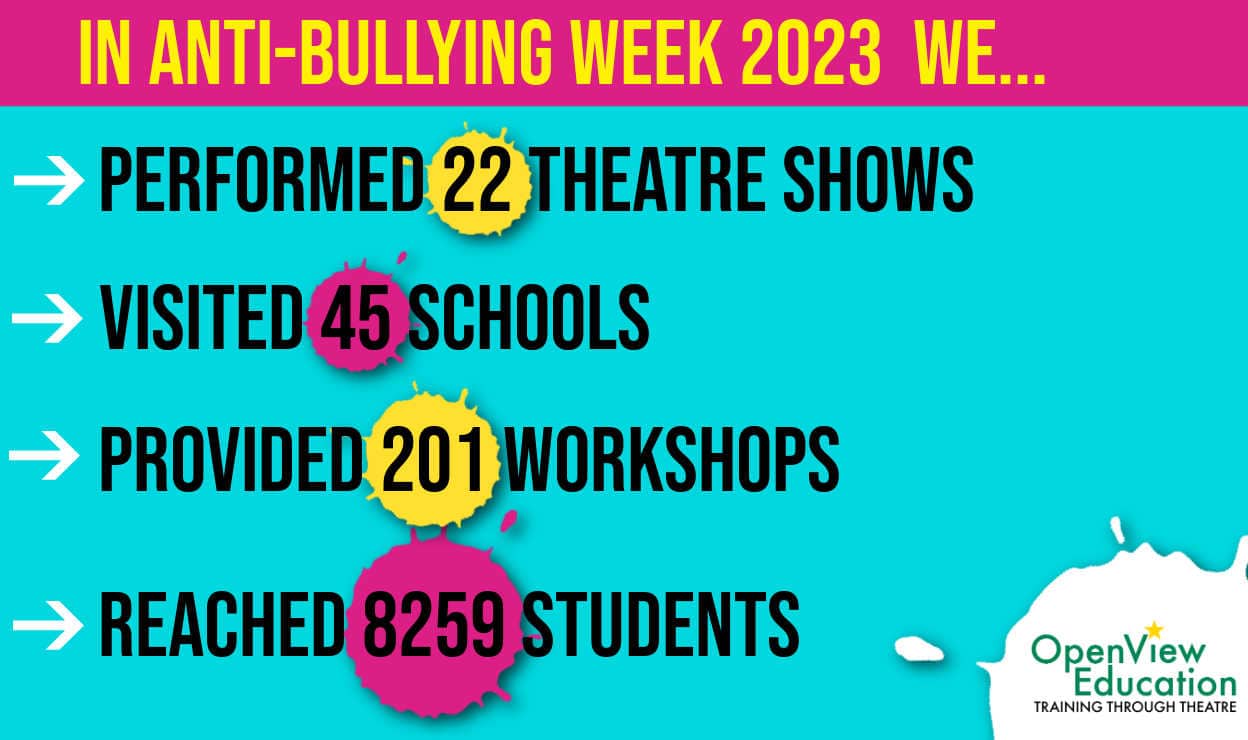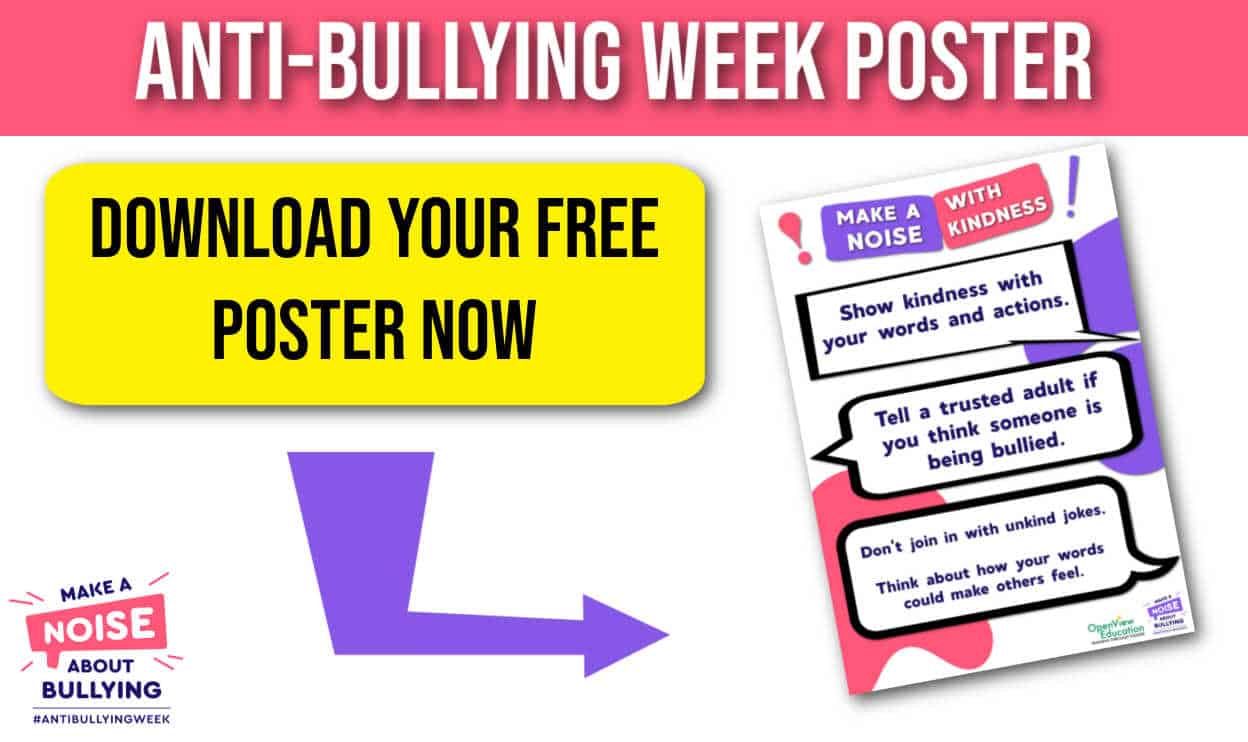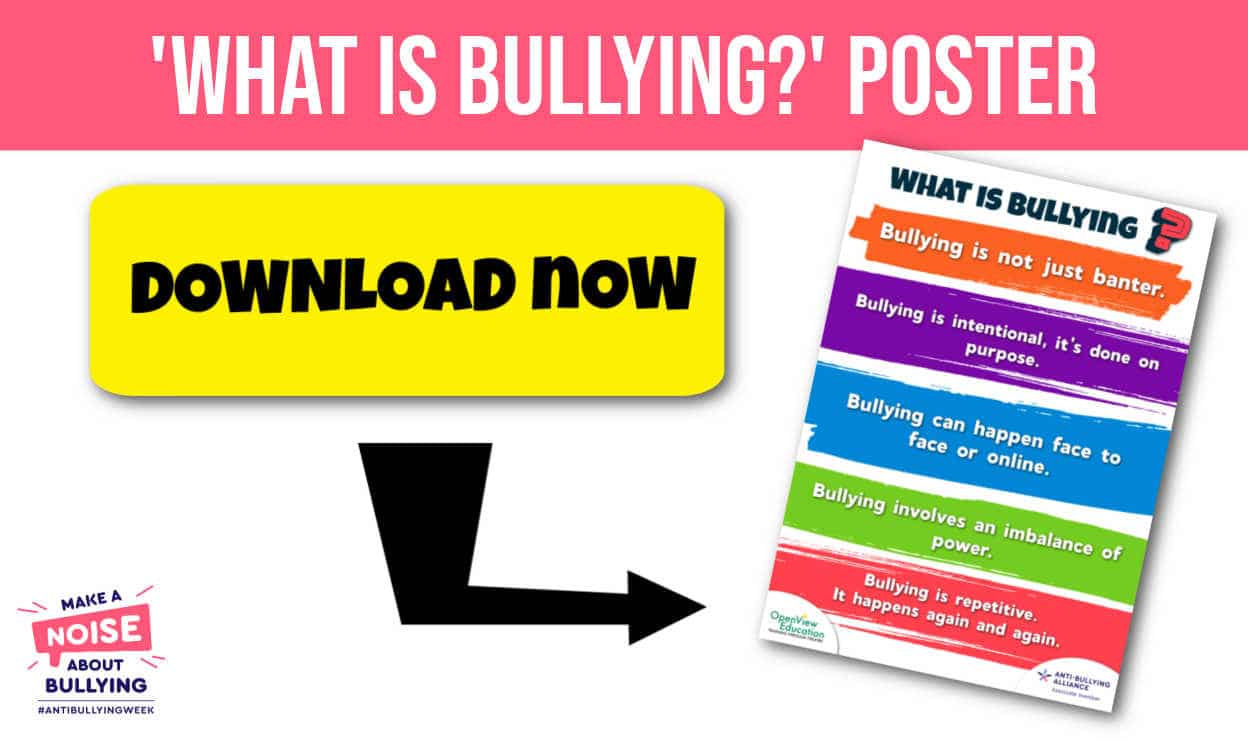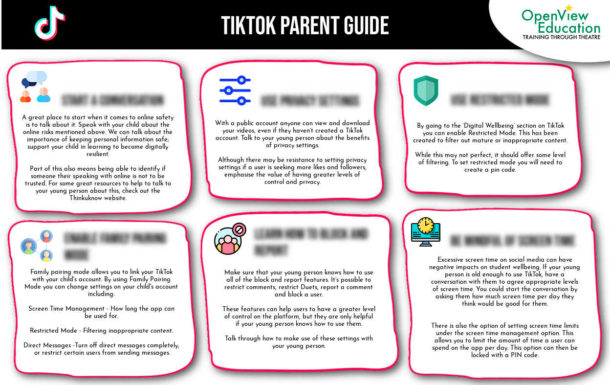Anti-Bullying Research
– Focus On Bullying 2018
‘On Average 72% of pupils said that their school dealt with bullying very well of quite well in 2017/2018.’
This is one of the findings from Focus on Bullying 2018. This report has been created by Peter K Smith & Fethi Berkkun Goldsmiths, University of London.
The study draws on reports from the Department of Education. This involved interviews carried out from 15 school leadership teams, and surveys with 2,000 students each year between 2013 – 2018.
Here is a summary of some of the ideas that stood out for us…
Understanding the Nature of Bullying
-
Pupils see teachers as having a different understanding as to what ‘bullying’ is. They believe this can can have negative consequences such as how teachers intervene.
-
One study completed with 3 secondary schools in the North of England used interviews. with students. The role of popularity of students as a factor in bullying being reported was discussed: Students said that bullying that occurs between popular girls and other popular girls, and between popular boys and other popular boys were often not noticed by teachers.
-
This study also shows the playground as being the most common place bullying would occur. It highlighted some method of intervention, including circle time, effective curriculum and school ethos.
Risk Factors
It is know that students with LGBT identity can mean they are more likely to be victimised. One study with interviews from 789 LGBT students aged 13- 25 years showed that being abused about one’s sexual orientation or gender identity can increase suicidality, such as suicidal thoughts.
Effects of Being Victimised
-
A study conducted with 6,667 pupils aged 11-12 years in 40 state secondary schools from South East England found that victimisation can lead to a poorer health related quality of life. It was also linked to increase in aggressive behaviour.
-
Any involvement in bullying (victim or bully) lead to increased likelihood of exclusion at ages 15 – 16
-
A study using information gathered during 1958, looked at the long term impacts for individuals who identified as having been bullied at ages 7 – 11. It showed child victims were less likely to be in employment at 50 years, had less earnings and less accumulated wealth. It also indicated that there was an greater medical expenses in later life for those who were victimised as a child.
Coping with Bullying and Bystanders
-
Girls are more likely to intervene in a bullying situation than boys. This was also more likely if the bullying took place online. This could be due to lower risk of bully retaliation.
A large-scale study of 648 primary schools used self-report data from other 23,000 pupils. It found that…
‘Overall 12% of pupils said that they bullied others (‘sometimes’ or ‘always’)’
Intervention
Interventions such as the Anti-Bullying Alliances ‘All Together Programme’ were shown to reduce incidents of bullying in schools. This programme helps schools to review their current Anti-Bullying education, provides training and encourages schools to learn from bullying incidents that occur.
Read the full report here.
At OpenView Education we draw on the most recent Anti-Bullying research to create interactive and powerful Anti-Bullying Workshops for primary schools. We will be touring our new Anti-Bullying workshops and show for Anti-Bullying Week 2019 ‘Change Starts With Us.’
Find out how we can help your school celebrate Anti-Bullying Week 2019 here.
